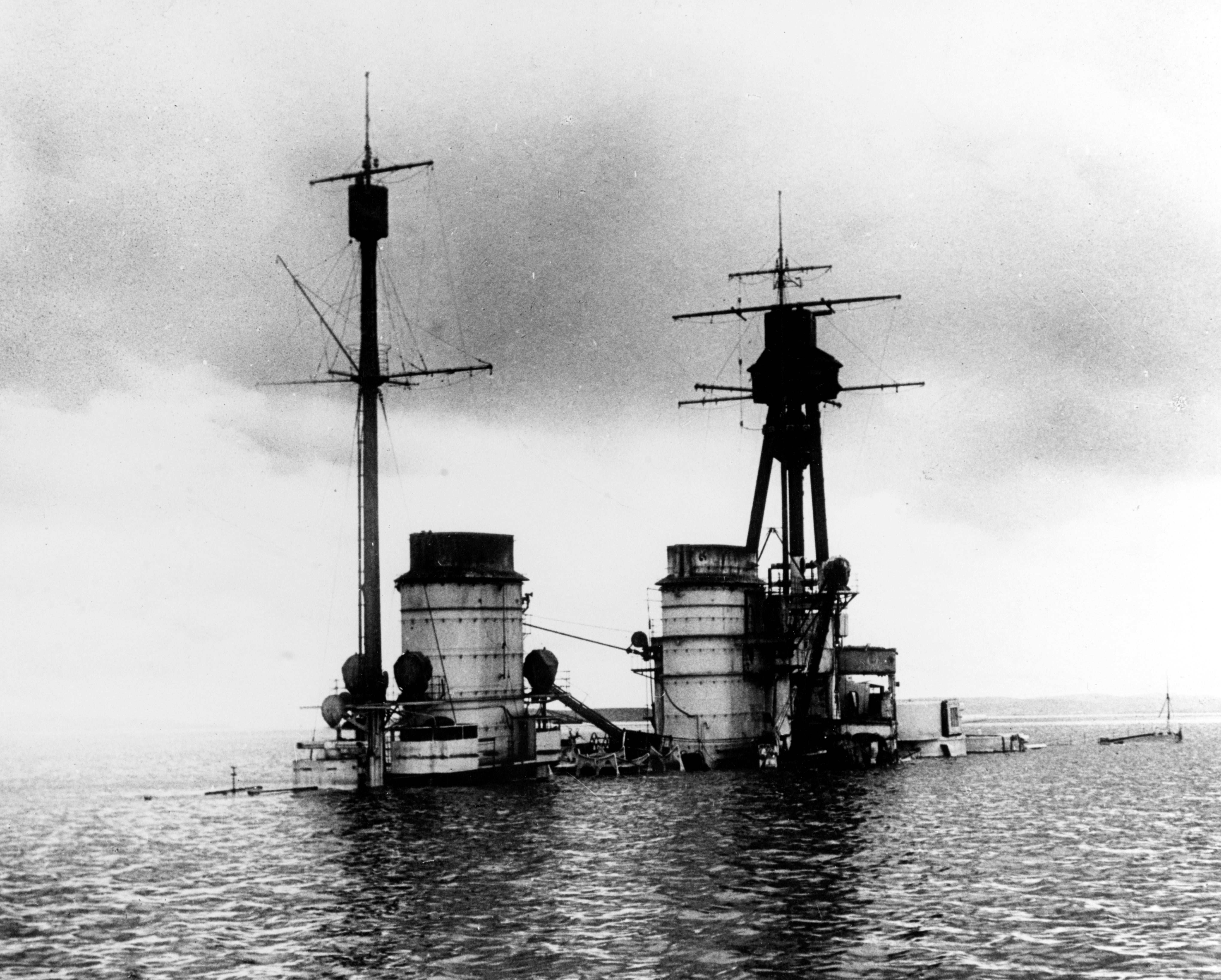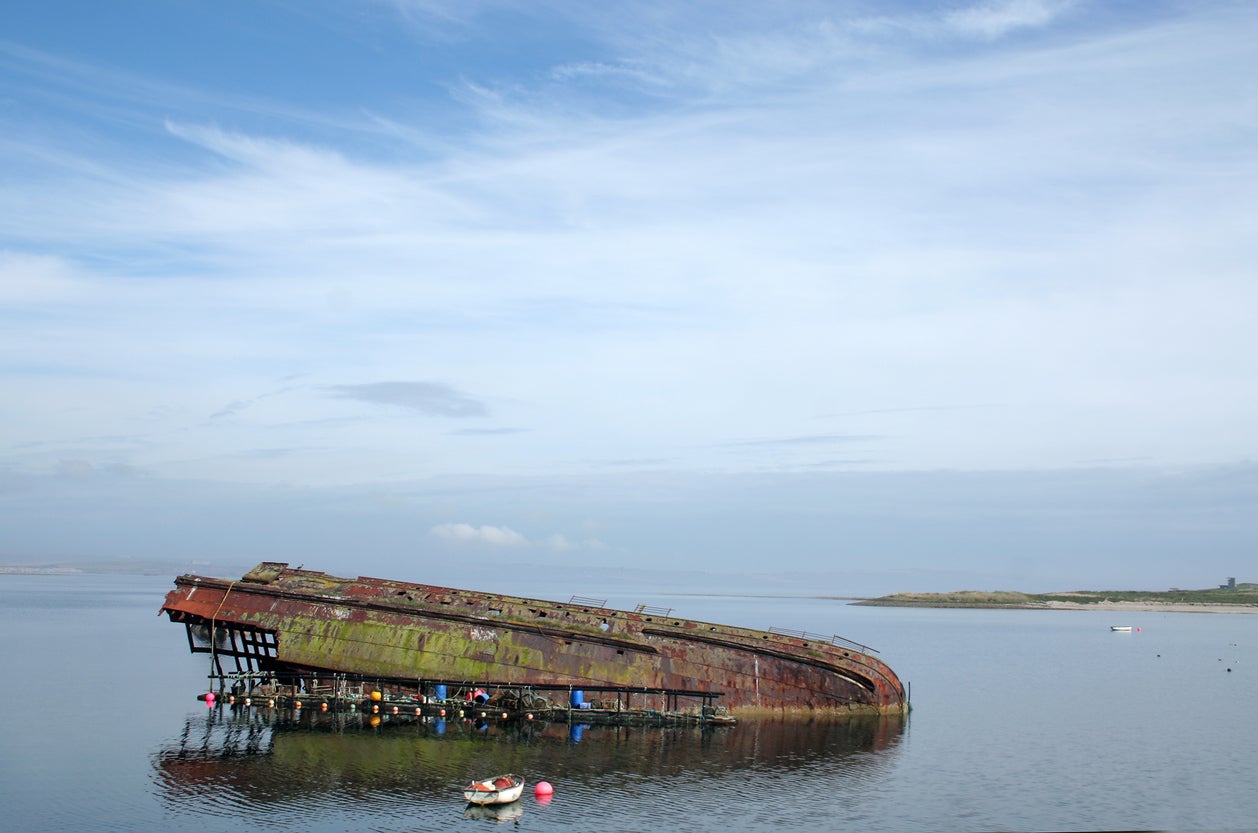The largest concentration of wrecked warships off the British coast has been given new legal protections to preserve what remains of several First World War vessels, it has been announced.
Months after the end of the war in June 1919, the German High Seas fleet was scuttled by its own crews while being held by the Royal Navy. In total, 52 of the 74 battleships sank.
Many of the ships were subsequently recovered and scrapped, but there are still seven of the fleet on the seabed at Scapa Flow along with more than 90 other wrecks, including fishing boats, 18th-century sailing ships and other military vessels.
The area is now popular with divers who have been able to explore many of the wrecks, and have previously salvaged artefacts including navigational devices, ship bells and musical instruments.

The new Historic Marine Protected Area (MPA) designation, announced by the Scottish government on Monday, means it will now be an offence to remove anything from the wrecks.
A second Historic MPA was also announced for the wreck of the Queen of Sweden, a 147-metre-long Swedish East India Company ship, which sank during a storm in 1745 off the coast of Shetland.
Scotland's cabinet secretary for climate action and energy, Gillian Martin, who announced the new protections, said: “These two new Historic Marine Protected Areas – at Scapa Flow, and the Queen of Sweden wreck site in Shetland – are important additions to our network of Historic MPAs, which protect the most significant wreck sites across Scotland’s seas.
“The designation of these sites recognises their national value and will help to ensure that future generations can continue to explore, learn from, and be inspired by Scotland’s underwater heritage. I’m grateful for the support from local authorities, heritage bodies, and marine industries in bringing these designations forward.”

Director of heritage at Historic Environment Scotland, Elizabeth McCrone, said: “We are delighted that Scapa Flow and the Queen of Sweden have been designated as Historic Marine Protected Areas.
“These sites are nationally important parts of Scotland’s maritime history, and this recognition will ensure they can be protected and enjoyed responsibly for generations to come.”
Scapa Flow served as the main naval base for the British Home Fleet during both world wars. The natural geography of the bay includes a large and protective landlocked harbour, with deep entrances essential for big ships.
Orkney Islands Council leader, Heather Woodbridge, said: “Wrecked vessels, including those of the German High Seas Fleet, are a significant heritage asset and attract visitors from all over the world, contributing to the economy of Orkney. Sadly, the condition of the wrecks is deteriorating, and these important remains will not last forever.
"Officially recognising and protecting these sites is therefore vitally important to maximise their longevity. This Historic MPA will ensure these irreplaceable assets are protected from future human damage or disturbance while still allowing for responsible access, research and education where appropriate.”
MP Rupert Lowe admits mistaking charity rowing crew for ‘illegal migrants’
Charity rowing crew mistaken for Channel migrants by Norfolk MP
Japan wins £4.9bn deal to build Australian warships
New ‘remarkable’ pancreatic cancer vaccine offers fresh hope for patients
Drivers warned over car finance scammers after court ruling
Is the UK doing enough to prepare for droughts and extreme weather?







